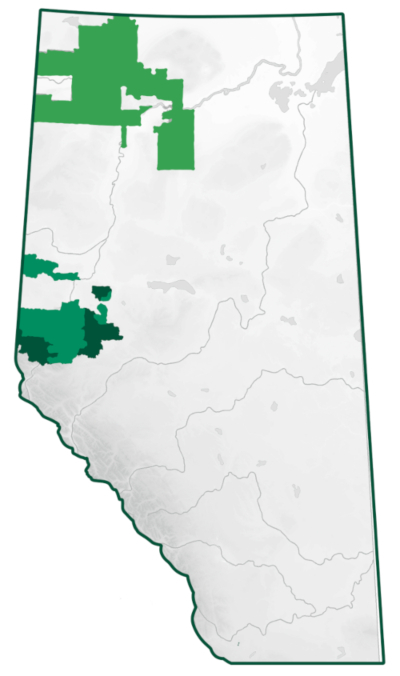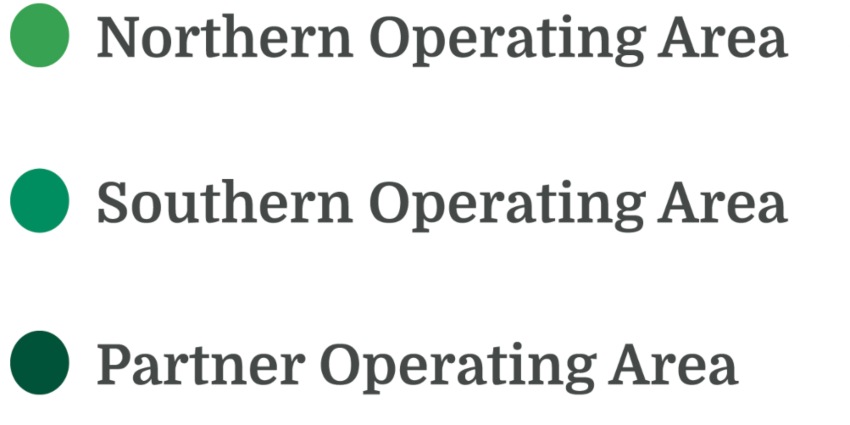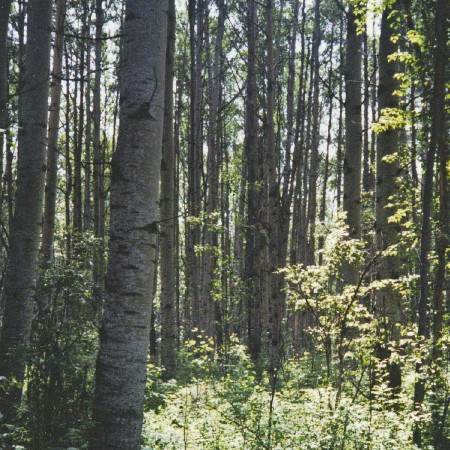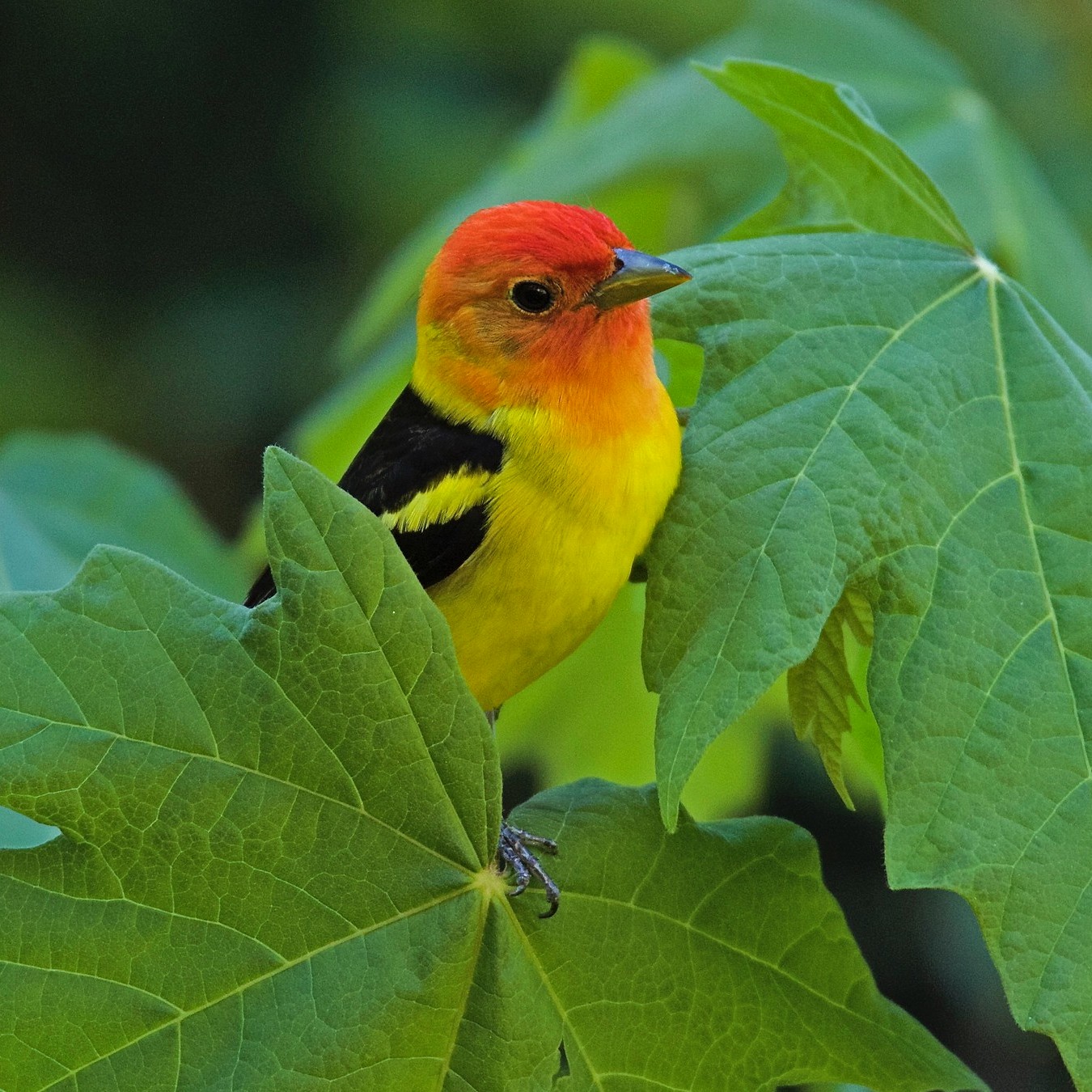Introduction
In this section we provide a high-level overview of this report including a summary of the indicators assessed.
Preliminary Status Assessment
In this preliminary status report for Norbord, baseline conditions for human footprint, land cover, species, and habitat are described for Norbord's two operating areas, located in northwestern Alberta.
Assessed indicators include:
- status and trend of human footprint
- summary of linear footprint, vegetation types, and interior native habitat
- status of several taxonomic groups: birds, mammals, soil mites, vascular plants, mosses, and lichen
- species at risk and non-native vascular plants
- spotlights on two species of interest—Moose and Grizzly Bear


Introduction
Norbord Inc. (hereafter Norbord; note Norbord is now a wholly-owned subsidiary of West Fraser Timber Co. Ltd) requested the Alberta Biodiversity Monitoring Institute (ABMI) evaluate the status of biodiversity and land cover indicators in their two main operating areas in northwestern Alberta. Norbord harvests deciduous trees in Forest Management Agreement (FMA) areas in northwestern Alberta where it either shares tenure with other forest companies or is a Deciduous Quota Holder.

Norbord is committed to sustainable forestry practices.
Norbord strives for the continual improvement of environmental performance and management of forested lands by integrating environmental values into its business processes and decisions. Norbord is committed to:
- Sustainable forestry practices.
- Continually identifying and evaluating the environmental risks associated with its operations.
- Implementing systematic environmental management.
- Supporting innovation in environmental research.
- Regular reporting on environmental performance to a variety of stakeholders.
Norbord acknowledges that maintaining or improving the health and productivity of forest ecosystems and biological diversity is important to supporting these principles.
Monitoring
Monitoring data provides important feedback on current forest management practices in maintaining environmental values. The ABMI is a leader in monitoring the health of biodiversity and changes in human land use (i.e., human footprint) in Alberta, including in Norbord’s operating areas. Our biodiversity data and human footprint data are designed to assess whether forest management activities are meeting the goal of maintaining species in the presence of other land-use activities, such as energy development in Alberta’s forests.
This report is a preliminary assessment of the status of land cover and biodiversity in Norbord’s operating areas. This information establishes baseline conditions for several indicators of land cover and biodiversity which can be used to measure long-term forest health and inform current and future adaptive management strategies in Norbord’s operating areas. This document supports Norbord’s commitment to report on environmental health by providing "best available information"— specifically, up-to-date, scientifically credible monitoring data that can be used to assess environmental performance and track changes within their operating areas.
 Photo: Norbord
Photo: Norbord
Indicators
In this report we summarize the status of a suite of indicators for environmental health in Norbord’s operating areas, including:
- Status and trend of human footprint, accounting for recovery of forestry footprint.
- Summary of linear footprint density.
- Status of interior native vegetation (i.e., interior native habitat).
- Status of species, highlighting results for those species that are associated with old deciduous and mixedwood forest, as well as an assessment of the effects of different industrial sectors (sector effects) on species.
- Assessment of non-native species, and federally or provincially designated species at risk.
- Summary of habitat elements including trees, snags, and fallen logs.
- Species spotlights on two species of management concern—Grizzly Bear and Moose.
For information on the analysis of each indicator, see Section 1.4 Methods.

Results for species associated with old deciduous and mixedwood forest—like the Western Tanager—are highlighted in this report.




